1.   What are the three segments of a customer master record? Give an example of data that is stored at each level.
- General data – account name, address
- Company code level – payment terms
- Sales data – shipping information, billing information
2.   What are the two levels of a customer master record from a financial perspective?
Client level: Data at this level pertains to all company codes in which the customer master record is opened.
Company Code level: Company specific data is entered at this level and can vary for each company code.
3.   Your client indicates that they have problems with duplicate customer master records being created in their current system. How can this problem be alleviated in SAP?
A check for duplicates can be configured to prevent the creation of more than one master record for the same customer. This check is configured on address match code fields and occurs when creating new accounts or when changing the address on an existing account.
4.   Indicate the segment (General or Company Code data)where each of the following appear on the customer master record:
- Address   General
- Phone Number   General
- Reconciliation Account   Company Code
- Sort Key    Company Code
- Payment Methods    Company Code
- Fax Number   General
- Language    General
- Vendor    General
- Group Key    General
- Payment Terms   Company Code
- Tolerance Group   Company Code
5.   Your client indicates they use a graded scale of discounts as an incentive for customers to pay invoices early. Can this be accomplished using SAP? Where is this configured?
Yes. Payment terms are established in SAP to represent the due date for payment of invoices. The terms include a graded scale of discounts used as an incentive to pay the invoice early.
6.   Explain the concept of a baseline date.
For each payment term, the system can default a date for the baseline date. The baseline date is the date from which the payment terms begin to calculate. This default can be overwritten.
7.   Your client indicates they would like to restrict the maximum amount a specific employee can post per line item. They would also like to restrict how much of an over/under payment that an employee can accept. Can this be accomplished in SAP? How?
Yes. Tolerances are defined in SAP per company code. Employees are assigned to an Employee Tolerance Group. The maximum amount an employee can post per document per line item, and the amount of payment differences allowed for an employee are specified in the Employee Tolerance Group.
8.   Which department usually maintains Sales Area data in the system?
Sales and Distribution Department
9.   What is included in Sales Area data in SAP?
- Sales Order
- Pricing
- Shipping
- Delivery and Payment Terms
- Accounting
10.   Your client indicates they would like “Country†to be a required field, and “P.O. Box†to be an optional field when creating customer master records. Where is this configured?
The Account Group for a customer master record determines the field status group for a particular type of account. The field status group defines the fields that appear on data screens along with their data entry status.
11.   How is the account number on a customer master record determined?
The Account Group determines the numbering for a customer master record. A number range is assigned to an account group. Number ranges can be defined to force the system to automatically assign a number to a master record or to force the user to manually assign a number to a master record.
12.   How many levels are there for determining field status groups for customer master records?
Field status can be defined at three levels within the system: customer account level, company code level, and activity type level.
13.   Describe the concept of link rules. Why are they required?
Since there are three levels for determining screen layout, link rules exist to determine which level takes precedence as to whether a field will be mandatory, optional, display or suppressed.



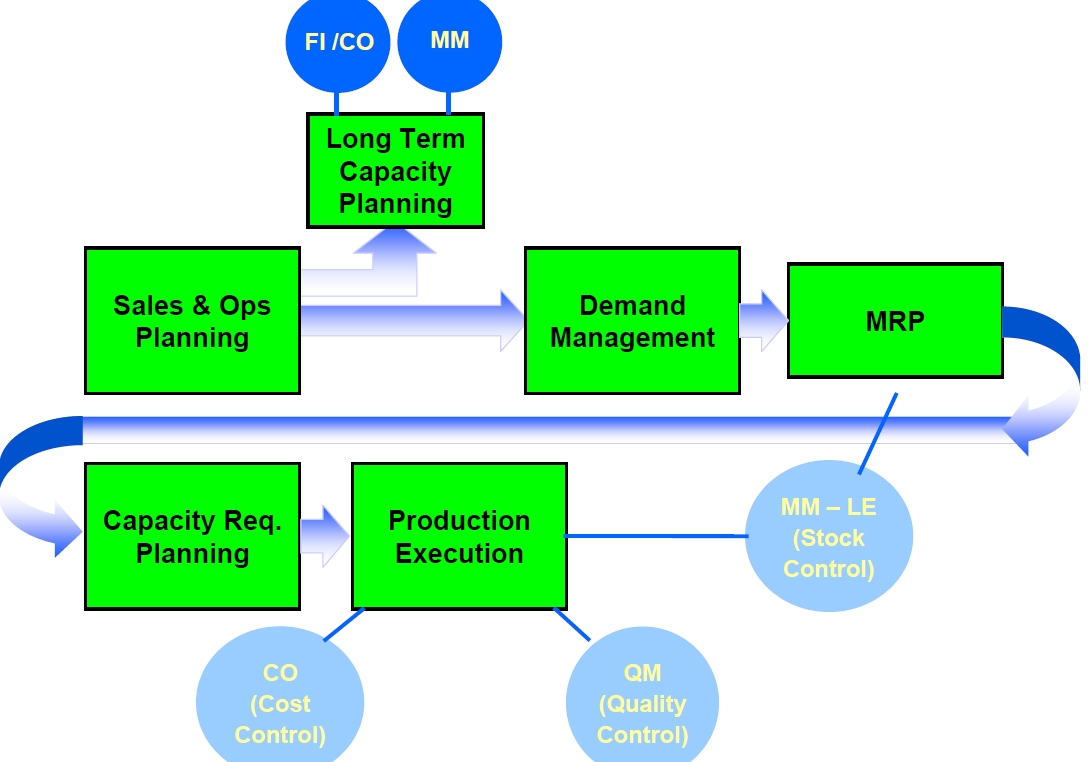

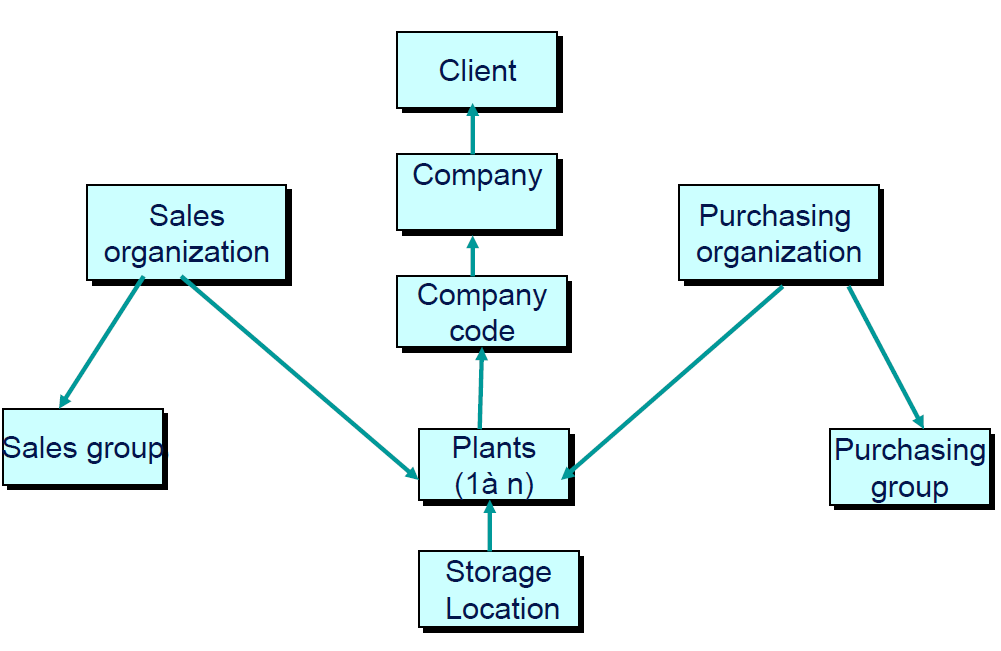
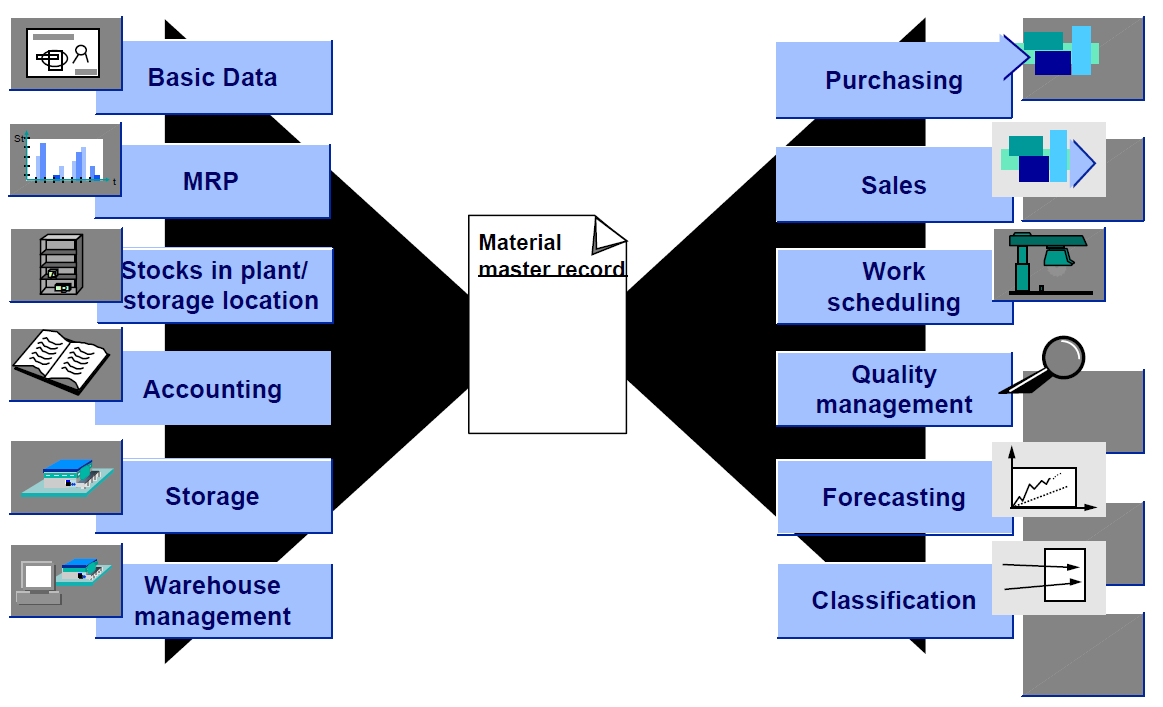
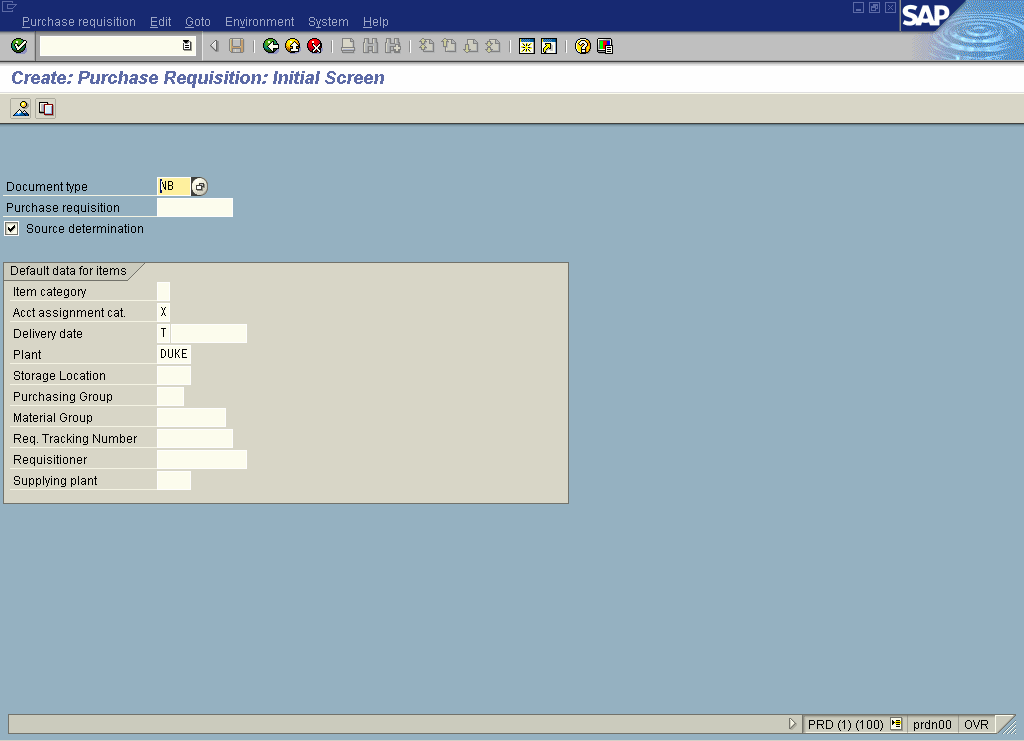
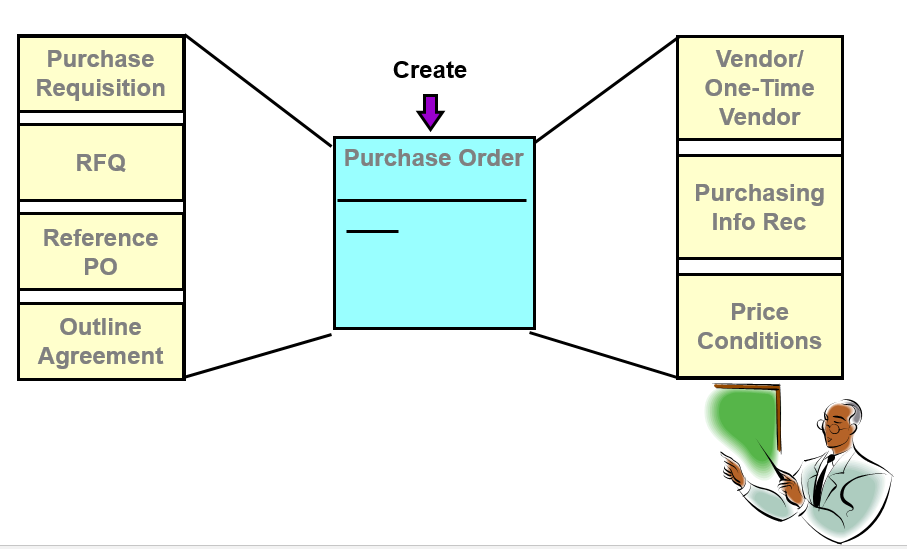
Leave a Reply